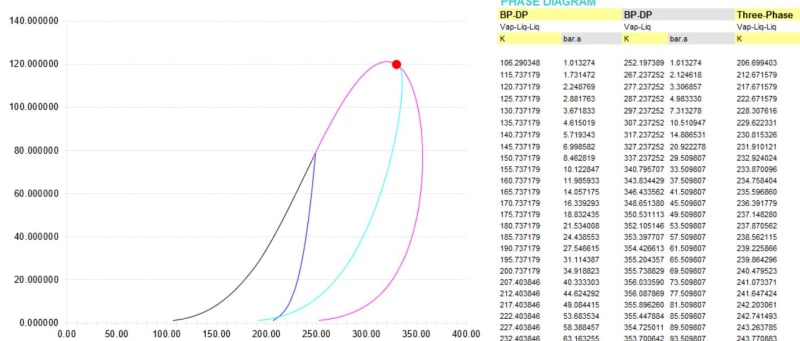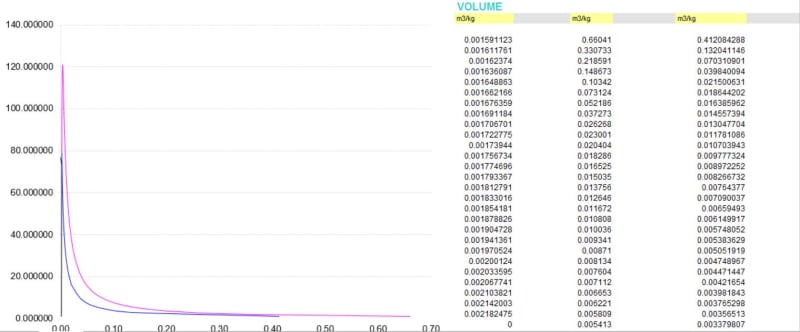Sirius P.Eng.
Chemical
I would like to verify the adequacy of an existing inlet Separator for a Gas plant receiving gas from an offshore pipeline. An offshore FPSO exports raw gas through this pipeline to the plant. The FPSO is fitted with a production separator and in addition it carries out dehydration using TEG before compressing the gas for export to the plant.
My problem is this: the raw gas is in dense phase (above cricondenbar) at the arrival conditions (temperature, pressure). How do I size an inlet Separator for this plant when essentially only one phase (vapour phase/dense phase) exists. The souders-brown equation for instance, requires a gas/vapour density as well as a liquid phase density.
Please advise and share any experiences you have with gas plant inlet separators.
My problem is this: the raw gas is in dense phase (above cricondenbar) at the arrival conditions (temperature, pressure). How do I size an inlet Separator for this plant when essentially only one phase (vapour phase/dense phase) exists. The souders-brown equation for instance, requires a gas/vapour density as well as a liquid phase density.
Please advise and share any experiences you have with gas plant inlet separators.


